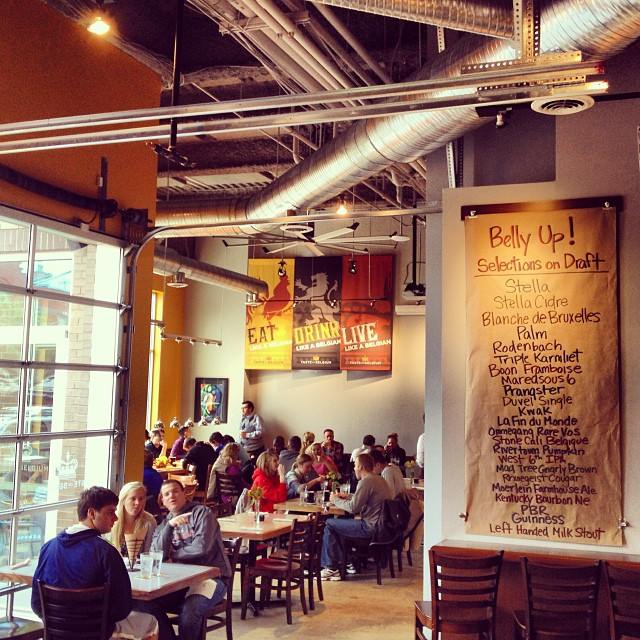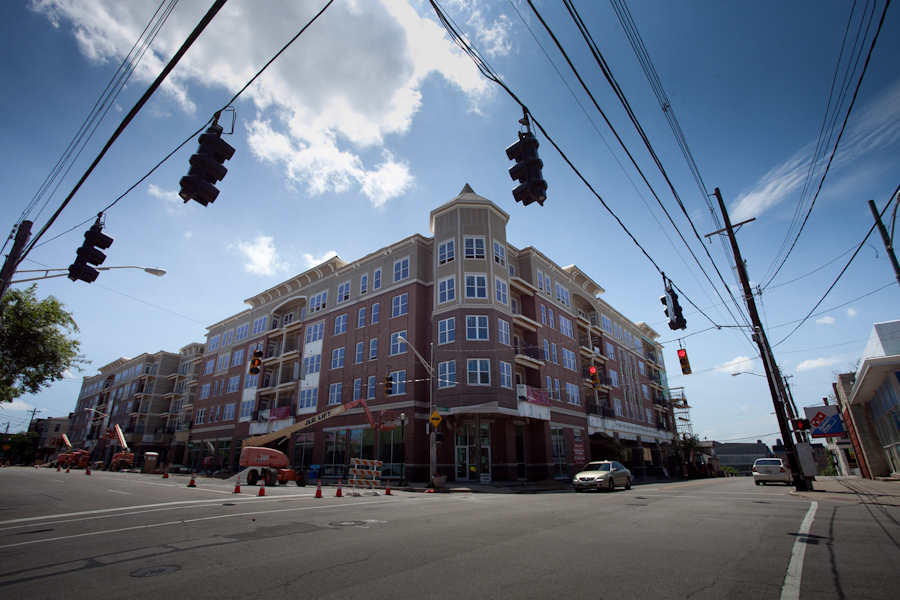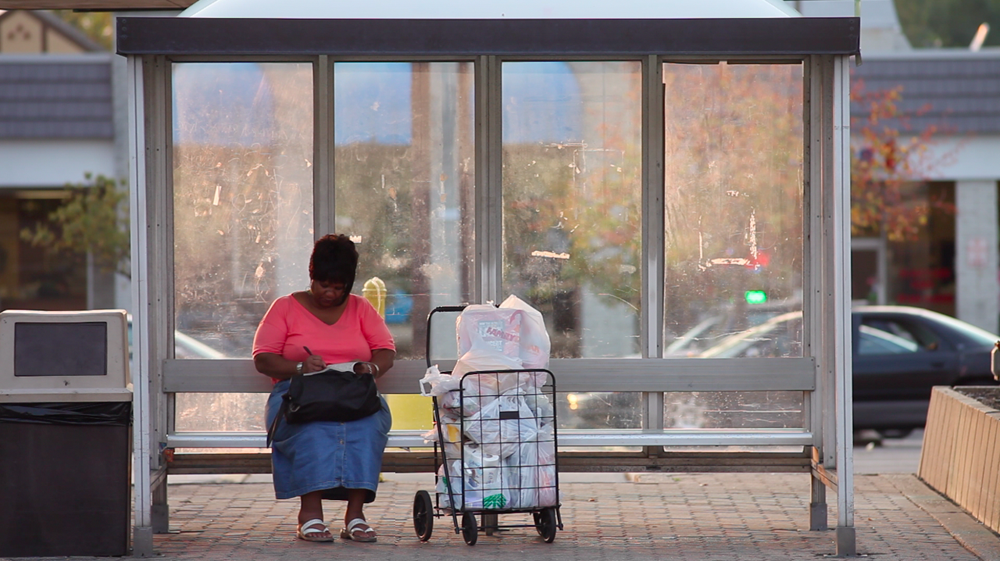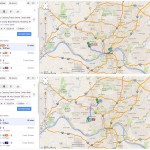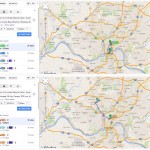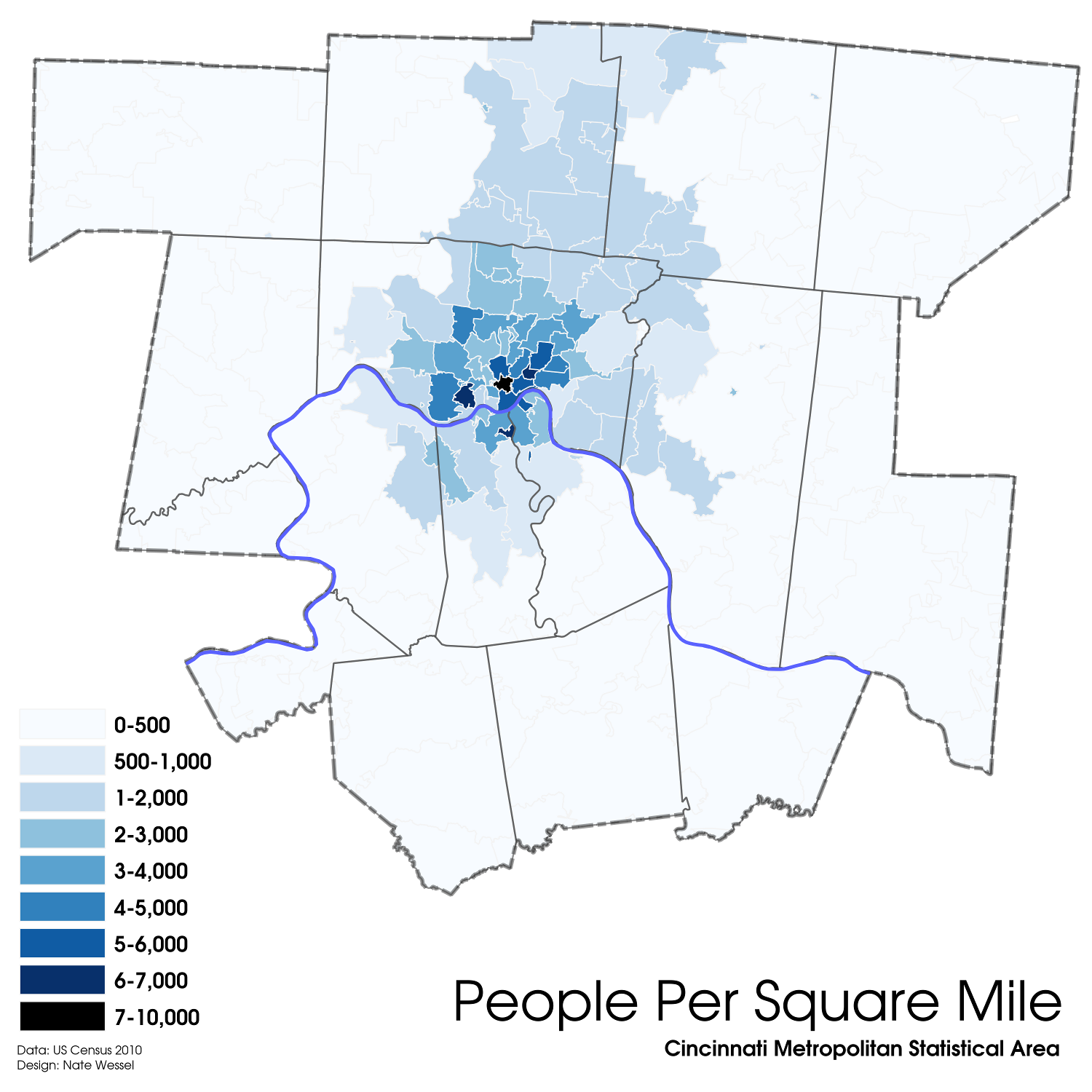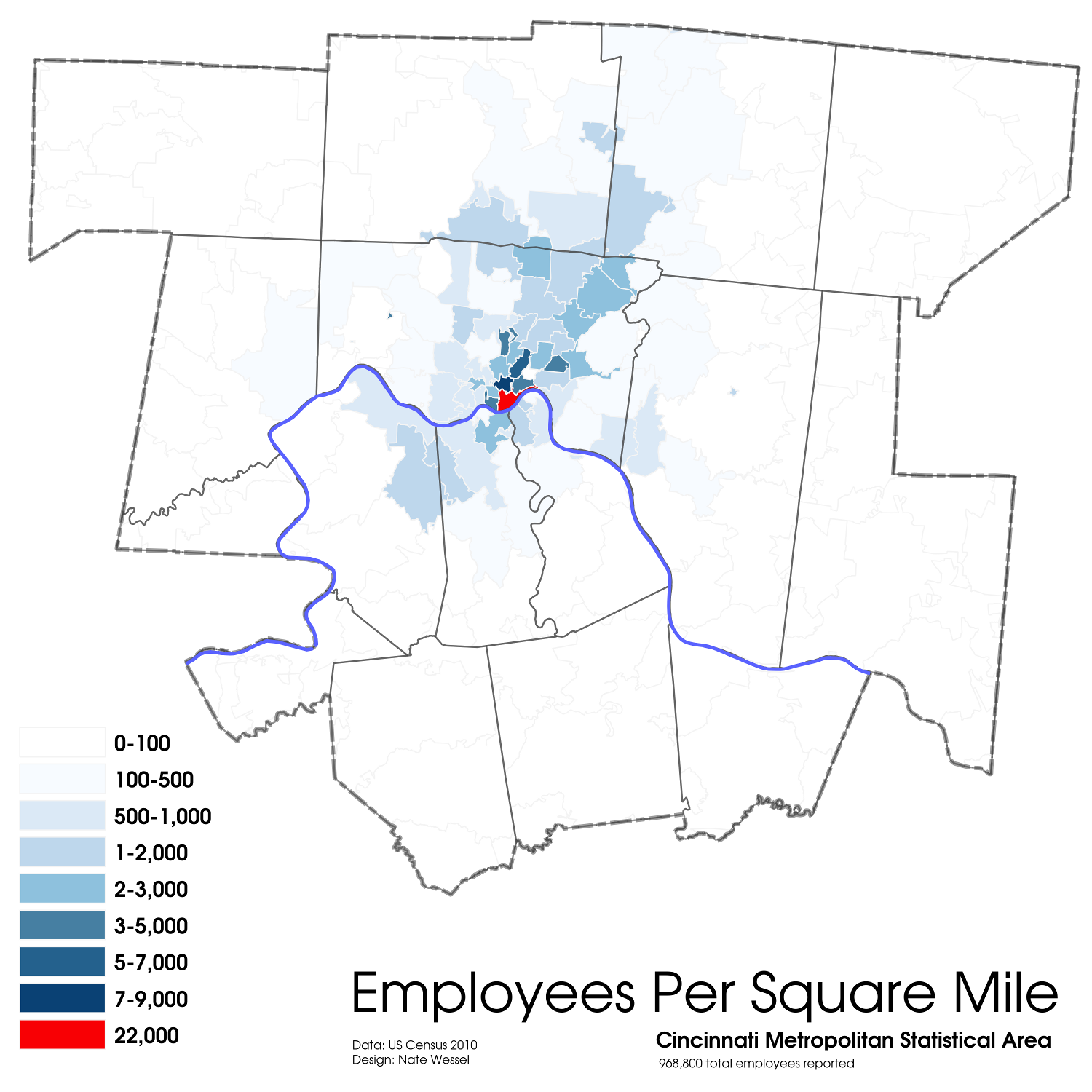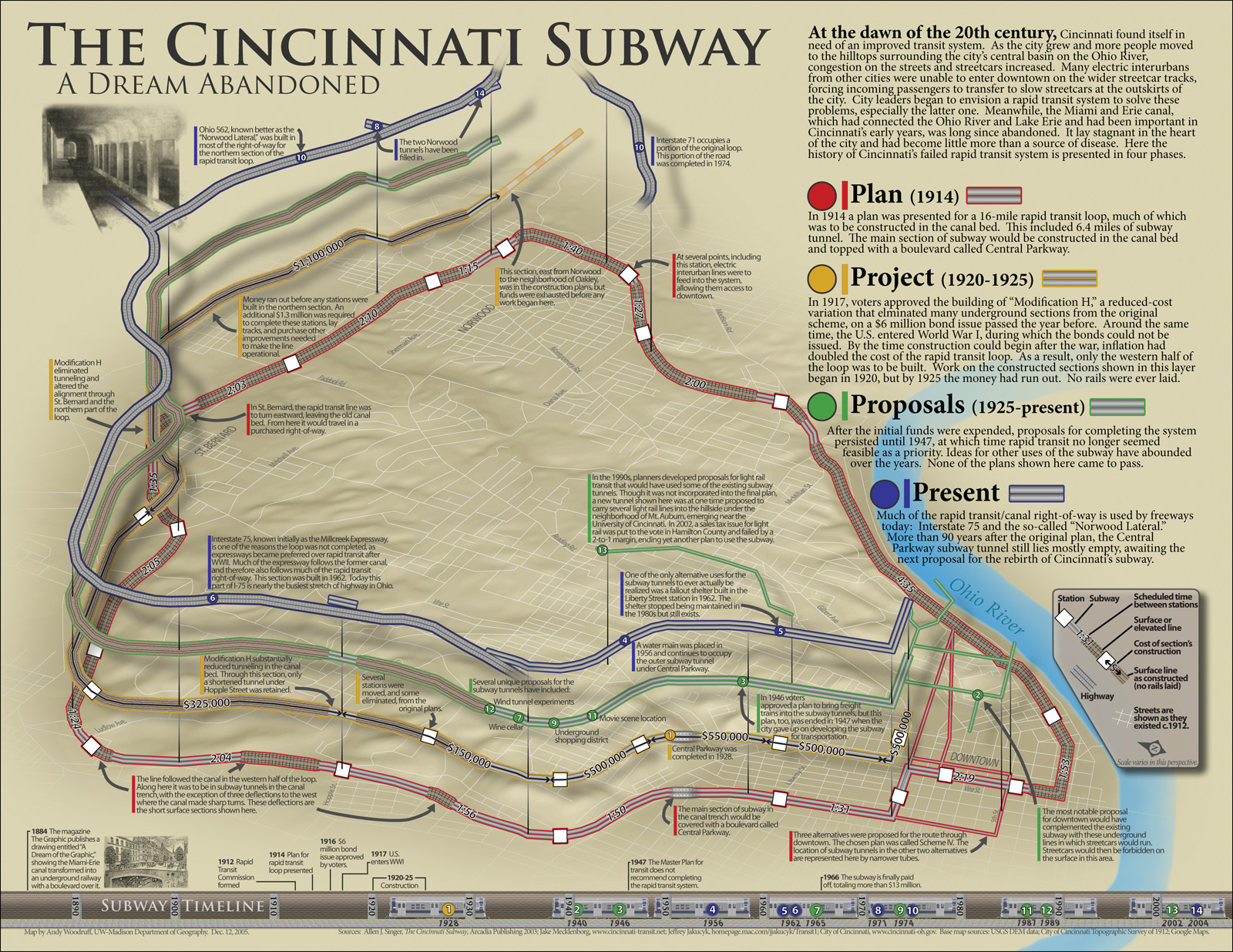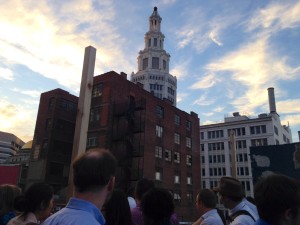 The weather is warming up which makes it a great time to enjoy fine Belgian beers outside at this Thurday’s URBANexchange event (weather permitting)! We are returning to Taste of Begium’s Short Vine location.
The weather is warming up which makes it a great time to enjoy fine Belgian beers outside at this Thurday’s URBANexchange event (weather permitting)! We are returning to Taste of Begium’s Short Vine location.
Come down for some waffles and chicken or some Belgian beers this Thursday from 5:30pm to 8:00pm. This is a great opportunity to check out the progress of the new streetscape being installed on Short Vine in Uptown and to check out the new apartments going up along Correy Street.
As always, the event will be a casual setting where you can meet others interested in what is happening in the city. We will gather in a space near the bar so that each person can choose how much or little they buy in terms of food or drink. Although we do encourage our attendees to generously support our kind hosts at Taste of Belgium.
As always URBANexchange is free and open to the public. This Thursday kicks off World Cup Soccer so Taste of Belgium will have special happy hour prices.
Additionally, Jocelyn and I have recently returned from attending the 22nd annual Congress for the New Urbanism in Buffalo where Cincinnati won a major award and have some great ideas and experiences to share.
We will be situated near the kitchen bar on the north end of the restaurant but you can also ask the host where the UrbanCincy group is located and they will be happy to assist.
Taste of Belgium is located on Vine Street in Correville between the University of Cincinnati’s east and west campuses and is located just two blocks from a future uptown streetcar stop. If you choose to bike there is free and ample bike parking is available outside the building. The venue is also served by Metro’s Metro+ bus , as well as routes #19, #78 and #46 buses.

